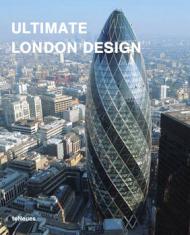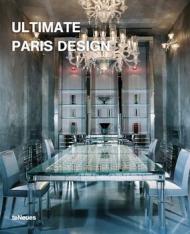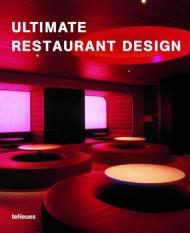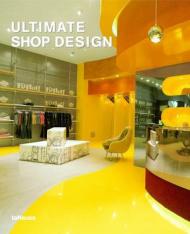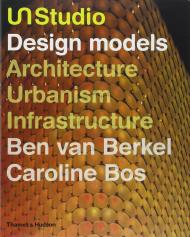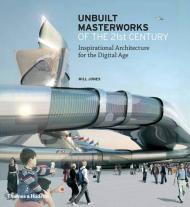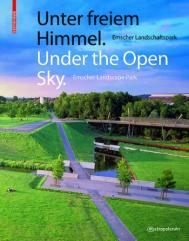The lighting designer is at once an artist and an engineer. He uses the best technology available to reveal scope, space, and form both in landscapes and in urban environments and aims to do so in a way that achieves a functional, creative, and environmental result. This relatively recent profession is the focus of the latest title in teNeues Ultimate series. Lighting Design presents an illustrated overview of Hervé Descottes many projects. Founder of the renowned New York design firm L Observatoire International, Descottes collaborated with architects such as Steven Holl (Kiasma Museum of Modern Art, Helsinki), Frank Gehry (Walt Disney Concert Hall, LA), Mario Botta, Jean Nouvel and OMA/Rem Koolhaas (three museums in Seoul, South Korea), and Richard Meier (Restaurant 66, New York City).
Издательства
- Rizzoli (481)
- Thames & Hudson (156)
- Prestel (149)
- Gestalten (106)
- Braun (105)
- teNeues (71)
- Vendome Press (60)
- DOM Publishers (51)
- Monacelli Press (50)
- Phaidon (49)

